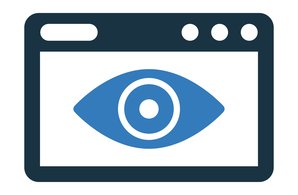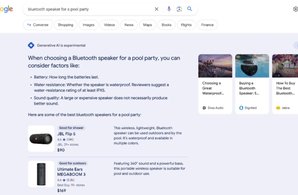What is crawling in SEO
- Home
- Knowledge Sharing
- What is crawling in SEO
Crawl website, the process by which search engines systematically browse the web, is pivotal in determining search engine rankings. This process, carried out by specialized programs called crawlers or spiders, is essential for SEO. It discovers and indexes new and updated content, ensuring that a website's content is discoverable and can be appropriately ranked based on relevance and quality.
This article explains what is crawling, how it works, and its impact on SEO. By understanding the crawling process, website owners and SEO professionals can optimize their sites to ensure better visibility and higher rankings in search engine results, ultimately driving more organic traffic.
What is Crawling?
Web crawling, or spidering, is how search engine bots or spiders discover new and updated web pages. These automated programs systematically browse the internet to index content for search engines, ensuring that the most recent and relevant information is available to users.
What is a Web Crawler
A web crawler, a web spider, or a bot is an automated program search engine used to browse the Internet systematically. Its primary function is to discover, retrieve, and index web pages for search engines.
How it Works
Crawlers start with a list of known URLs, called seeds, and visit these pages to gather data. From each visited page, they follow hyperlinks to other pages, effectively navigating the web by hopping from link to link. This process allows them to index vast amounts of content, updating the search engine's database with new and modified pages. By continually exploring and cataloging the web, crawlers help maintain the accuracy and comprehensiveness of search engine results.
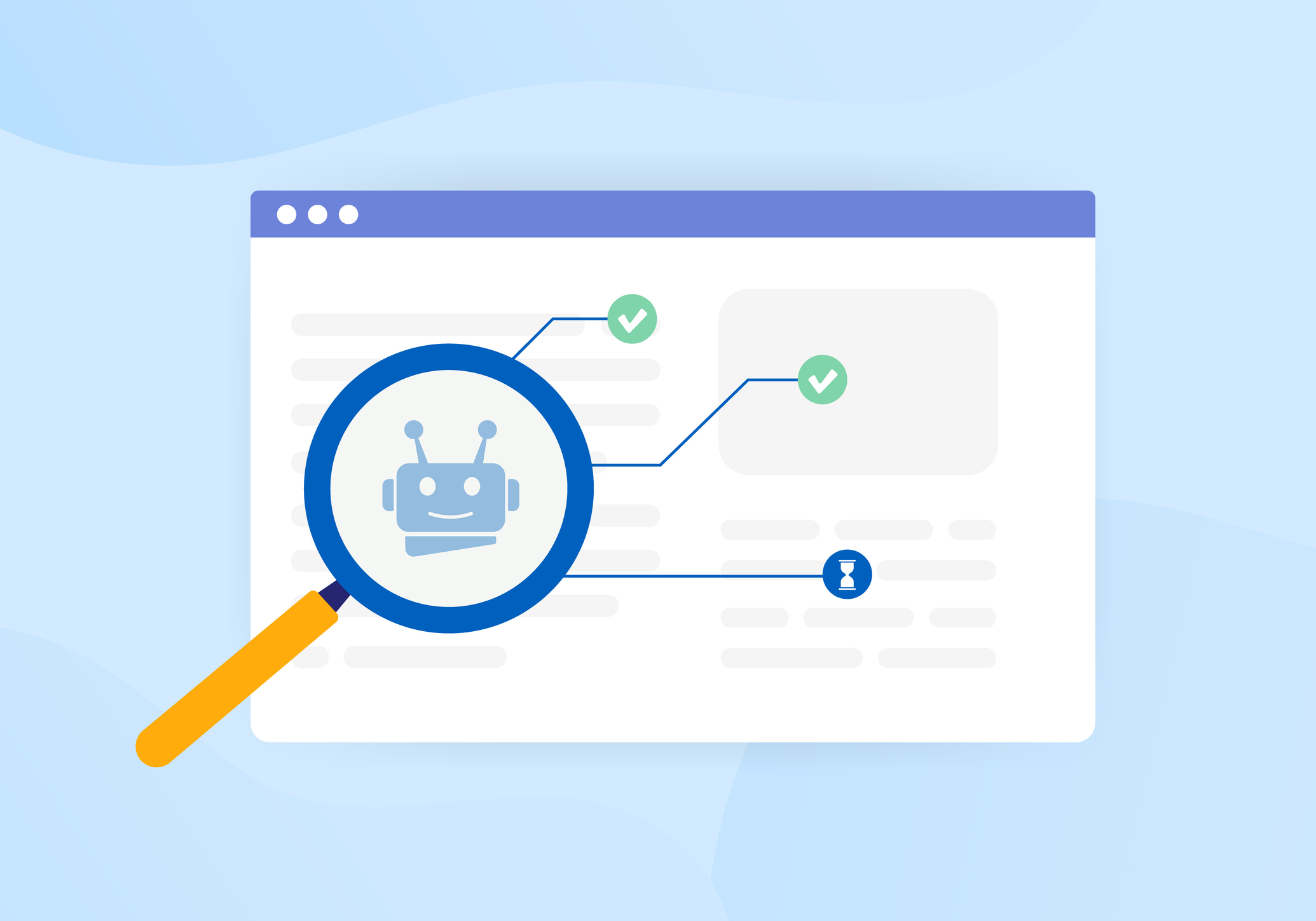
The Role of Crawling in SEO
Crawl website is the crucial first step in indexing, directly influencing how search engines rank websites. When search engine bots crawl web pages, they gather data and send it back to the search engine's servers. This data is then analyzed and indexed, allowing the search engine to understand the content and context of each page. Proper indexing ensures that a website's pages are accurately represented in search engine results.
The effectiveness of crawling significantly impacts a website's visibility in search engine results pages (SERPs). If a site is not appropriately crawled, its pages may not be indexed, making them invisible to users searching for relevant information. Regular and thorough crawling helps ensure that a website's most up-to-date content is accessible and ranked appropriately, improving its chances of appearing prominently in SERPs.
Difference Between Crawling and Indexing
|
Aspect |
Crawling |
Indexing |
|
Definition |
The process by which search engine bots discover new and updated web pages by following links. |
Analyzing and storing the data collected during crawling to make it searchable. |
|
Purpose |
To find and retrieve web pages on the internet. |
To organize and understand the content of web pages for search engine ranking. |
|
Process |
Involves bots (spiders or crawlers) navigating through web pages and following links. |
Involves analyzing the content, keywords, and metadata of the crawled pages and storing this information in a database. |
|
Outcome |
Discovery of web pages and their links. |
Creation of an index that search engines use to retrieve relevant information in response to user queries. |
|
Impact on SEO |
Ensures that web pages are found and can be considered for indexing. |
Determines how well a web page is understood and ranked by the search engine. |
|
Frequency |
Can occur continuously as bots revisit pages to check for updates. |
Occurs after crawling, with updates made as new data is crawled. |
|
Visibility Effect |
If a page is not crawled, it will not be indexed or visible in search results. |
If a page is not indexed, it will not appear in search engine results, even if it was crawled. |
How Search Engine Crawlers Work
Bots and Spiders
Search engines use crawlers, bots, or spiders to discover and index web pages. Notable examples include Googlebot (used by Google), Bingbot (used by Bing), and Baiduspider (used by Baidu). These bots systematically browse the internet, following links from one page to another to gather data.
Crawl Budget
The concept of crawl budget refers to the number of pages a search engine bot can and wants to crawl on a particular website within a given timeframe. It is essential because it determines how often and how many site pages will be indexed. Efficient use of a crawl budget ensures critical pages are crawled and indexed regularly, positively impacting a site's visibility in search engine results. Website owners can check their crawl budget using tools such as Google Search Console to view crawl statistics and identify any issues affecting their crawl budget.
Crawling Process
The typical process of crawling involves several steps:
- Discovering URLs: Crawlers start with a list of known URLs, called seeds, and identify new URLs through links on these pages.
- Fetching Content: The crawlers visit each URL to fetch the page's content.
- Analyzing Content: The fetched content is then analyzed to understand the page's structure, keywords , and other relevant information.
- Following Links: The crawler follows links found on the fetched pages to discover additional URLs, repeating the process.
By understanding how bots and spiders work, the significance of the crawl budget, and the detailed crawling, website owners can optimize their sites for better visibility and indexing in search engine results.
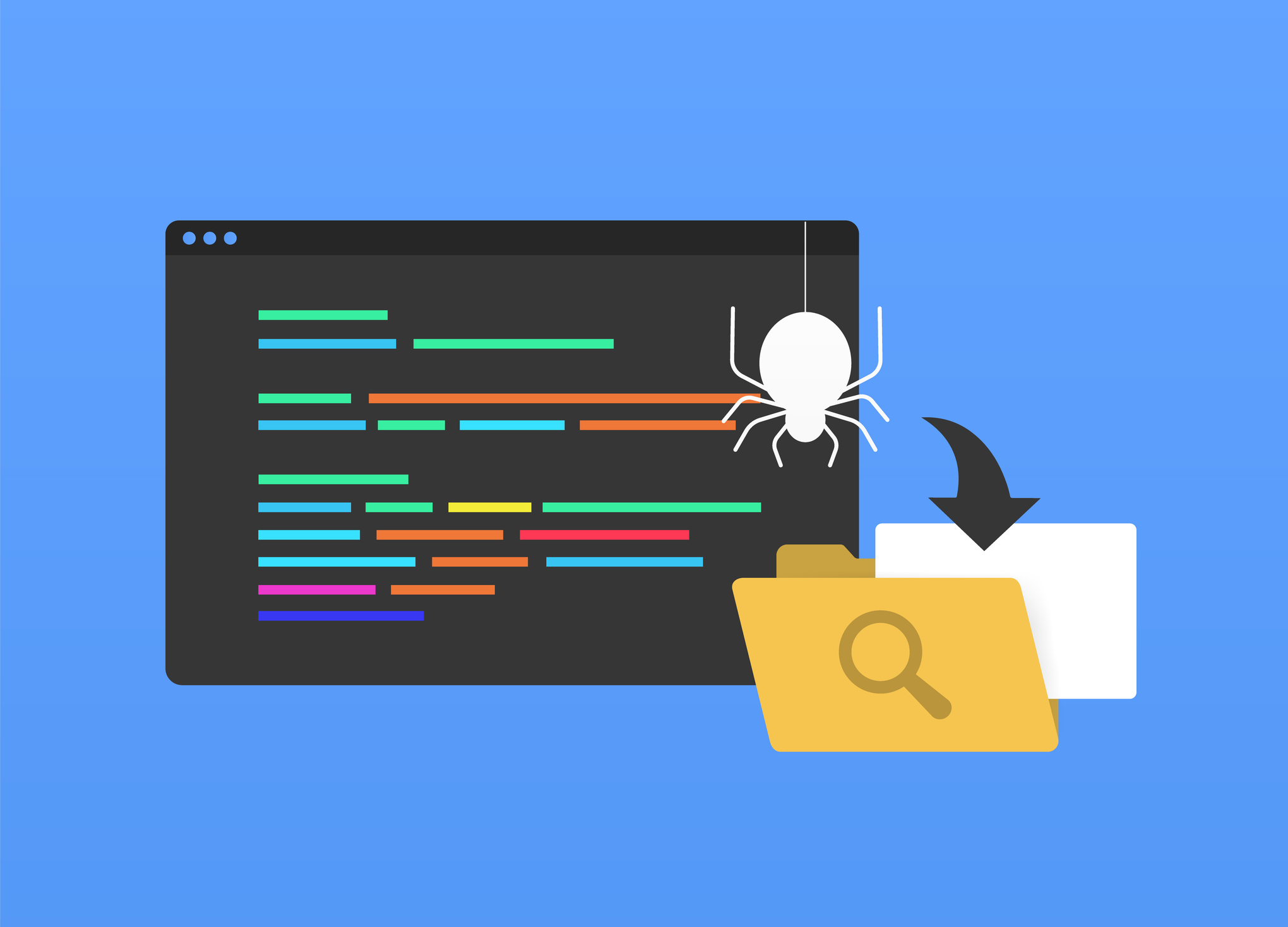
Factors Affecting Crawl Website
Site Structure
Clear, hierarchical navigation helps crawlers efficiently discover and index all pages on a website. Logical grouping of content ensures that all relevant pages are easily accessible, improving their chances of crawling and indexing.
Robots.txt
This file, located in a website's root directory, instructs search engine bots which pages or sections of the site should not be crawled. Properly configuring robots.txt helps manage the crawl budget and protect sensitive or irrelevant content from being indexed.
Sitemap.xml
XML sitemaps are essential tools that help crawlers discover and index content. They list all the critical pages on a website and provide metadata about each URL, such as the last update, frequency of changes, and priority. Submitting an XML sitemap to search engines ensures that all critical pages are known to the crawlers.
Page Load Speed
Slow-loading pages can negatively affect crawling efficiency. Crawlers have limited time to spend on each site, and if pages take too long to load, fewer pages may be crawled. Optimizing page load speed improves the crawling process, ensuring that more pages are indexed within the given crawl budget.
Common Crawling Issues
Crawl Errors
One of the most common issues faced during crawling is the presence of crawl errors, such as 404. These errors occur when a crawler tries to access a page that does not exist. Crawl errors can negatively impact a website's SEO by preventing search engines from indexing important content, thus reducing the site's visibility in search engine results.
Duplicate Content
Duplicate content can confuse crawlers, making it difficult for them to determine which version of a page to index. This can lead to diluted ranking signals and lower search engine rankings for affected pages. Ensuring unique and original content on each page is essential for effective crawling and indexing.
Blocked Resources
Blocking resources such as CSS and JavaScript files can hinder crawlers' ability to fully understand and index a page. When these resources are blocked, crawlers may not see the page as intended, leading to incomplete or inaccurate indexing. Allowing crawlers access to all necessary resources ensures they can accurately interpret and rank the content.
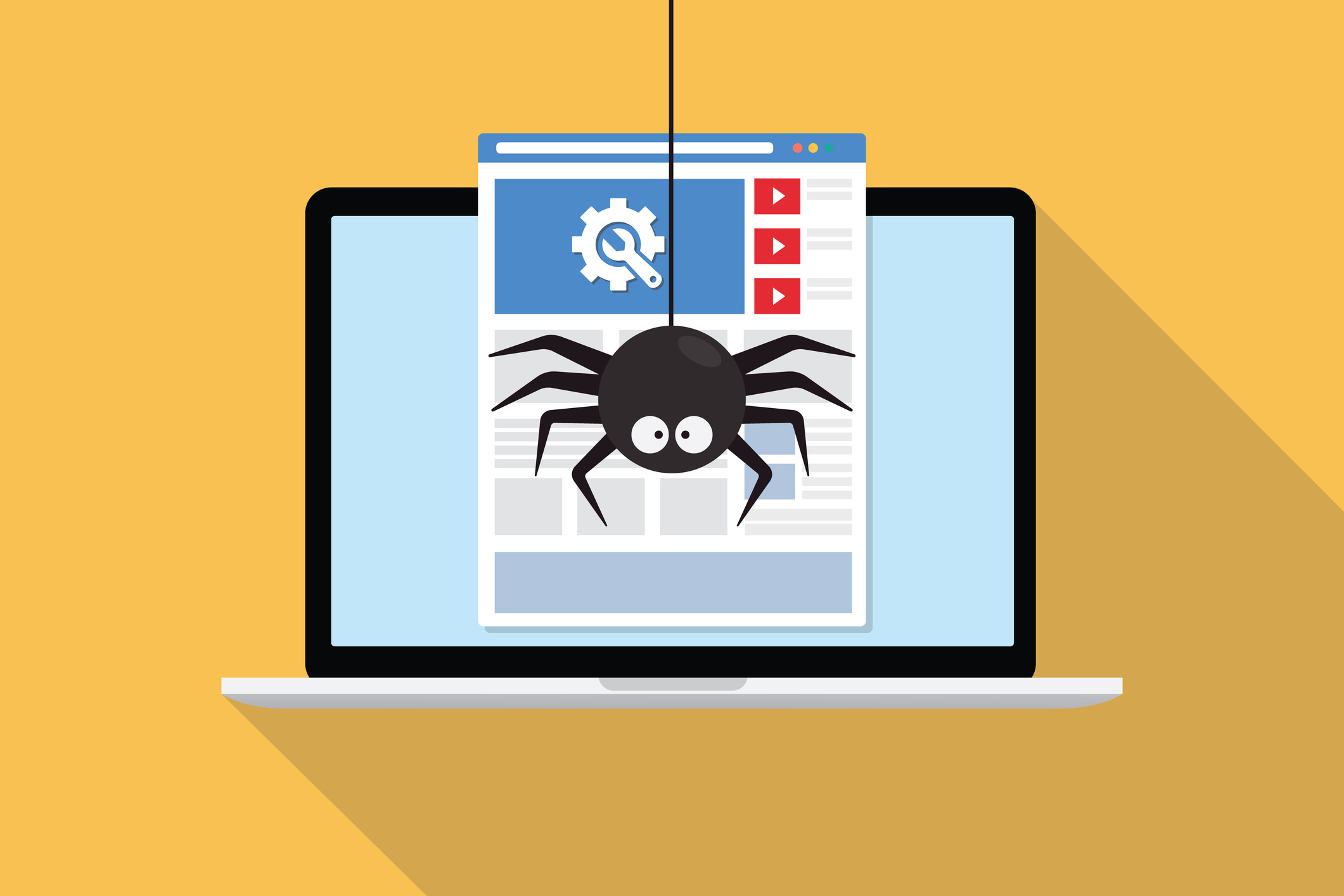
SEO Сrawler Tool for Monitoring Crawling
Google Search Console
Google Search Console is a powerful tool that helps website owners monitor and understand how their site is crawled and indexed by Google. Using Google Search Console, you can view detailed reports on crawl statistics, identify crawl errors, and see which pages are indexed. This tool provides valuable insights into any issues affecting your site's visibility and helps ensure your content is properly indexed.
Analyzing crawl reports is essential for identifying and fixing crawling issues. These reports provide detailed information about the pages that were crawled, the status of each crawl, and any errors encountered. By regularly reviewing crawl reports, you can pinpoint problems such as 404 errors, redirects, and blocked resources and take corrective actions to enhance the crawl website and indexing process.
Screaming Frog
Screaming Frog offers comprehensive crawling capabilities, allowing you to perform in-depth website audits. Screaming Frog can help identify broken links, duplicate content, and other crawling and indexing issues. This tool complements the data provided by Google Search Console and offers additional features to analyze your site's crawling performance thoroughly.
Elevate Your SEO with Seologist
Proper crawling is crucial for achieving better search engine rankings. I've seen firsthand how ensuring search engine bots can efficiently discover and index my site's content can significantly impact its visibility and performance in search results. Regularly monitoring and optimizing my site's crawling and indexing are essential for maintaining and improving SEO .
To ensure your site is fully optimized and to address any crawling issues, consider using tools like Google Search Console, analyzing crawl reports, and leveraging third-party tools like Screaming Frog. You can enhance your search engine rankings and drive more organic traffic by staying proactive and attentive to your site's crawling and indexing.
If you need professional help optimizing your site's crawling and indexing, consider applying for services with Seologist. Let the experts assist you in achieving and maintaining top search engine performance.



